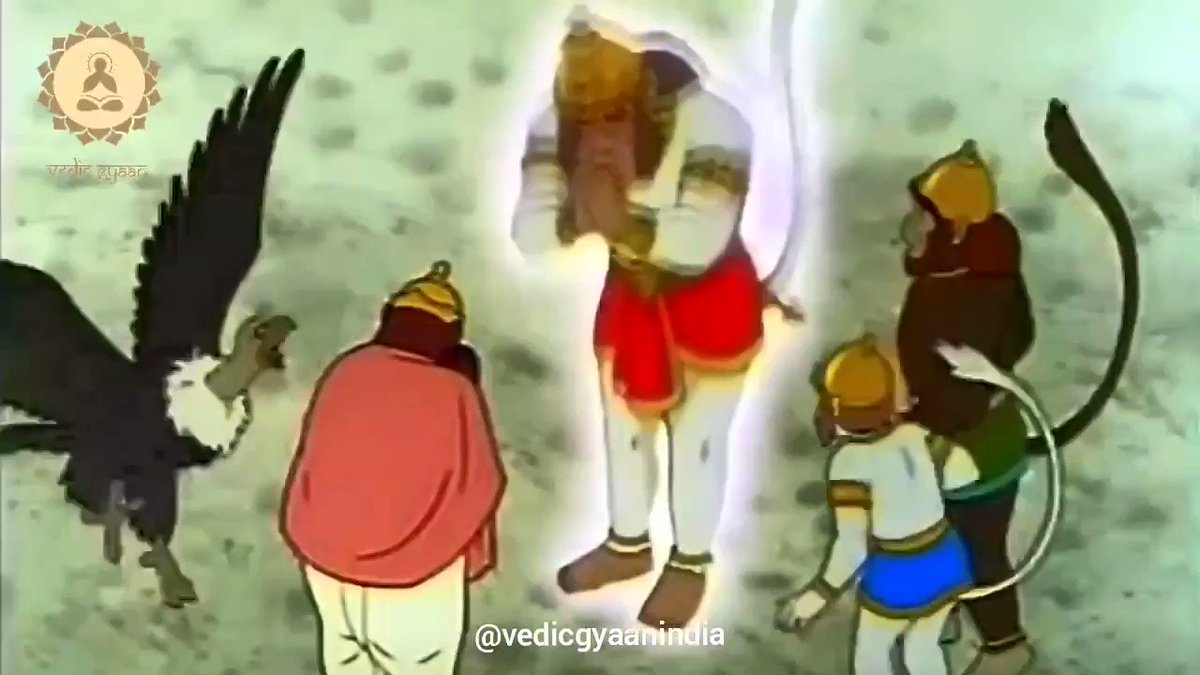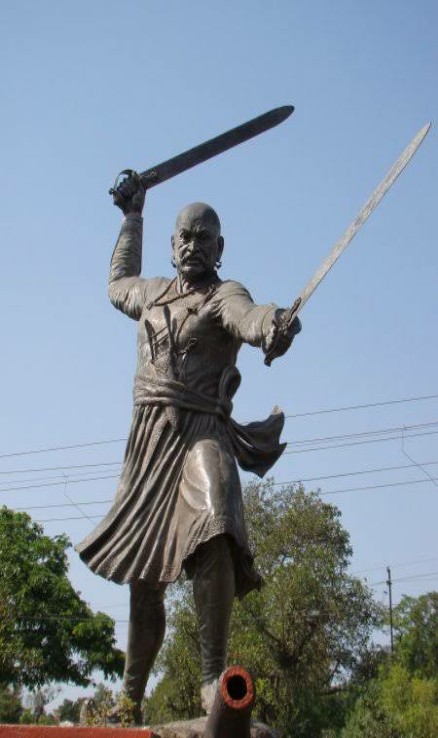They are sealed away behind a mighty wall by a legendary king, Dhul al-Qarnayn who is frequently linked to Alexander the Great and occasionally Cyrus the Great, though neither are exact matches
In Islamic eschatology, the world will be flooded by a mighty invasion in the end of days.
The great army of the monstrous Yajuj and Majuj (Gog and Magog) will rampage throughout the earth.
A thread-
They are sealed away behind a mighty wall by a legendary king, Dhul al-Qarnayn who is frequently linked to Alexander the Great and occasionally Cyrus the Great, though neither are exact matches
Thus sealed away, the world is safe from Yajuj and Majuj, that is, until the end of days.
When they stand in formation their army stretches from Syria to ends of Persia.
They will swarm the Earth, until it becomes difficult to find food and water. Then Isa (Jesus) who had returned, will ask God to intervene.
The mightiest army will by laid low by the tiniest bugs.
They are frequently treated as monstrous humans. A tradition from ibn Abbas deems them as inhuman, different from human and jinn both.
Written descriptions say they are covered in great ears.
The wall holding them back is generally associated with places like Armenia, or Ibn Battuta may have linked it to the Great Wall of China.
He quickly dispatched an emissary to ensure the wall was still intact.
Artistic rendering of the building of the wall show jinn and human working together to build it—a reminder of how great the threat of Yajuj and Majuj was for human and jinn alike.
They postulated the world would come to an end and the armies of the Yajuj and Majuj unleashed when all the planets aligned in Pisces.
It also provides an important insight into medieval imagination of geography, conceptions of the other, and the boundaries of empire
More from Religion
If you have a spiritual practice, this would be a good time to double down on it.
If you don’t have a spiritual practice, this wouldn’t be the worst time to start one.
1/x
Thread on why
Do yr spiritual practice. Even when you don't feel like it.
“Hardly does our head begin to ache than we stop going to choir, which won’t kill us either. We stay away 1 day bc our head ached, another bc it was just now aching & 3 more so that it won’t ache again.” Teresa of Avila
Ok: a spiritual practice. Something that you do regularly, and if you do it with the right intention, can transform your relationship to yourself, other people, the world and your place in it and (if this resonates with you) the divine.
Prayer. Meditation. But also: making art. Walks in nature. Going running, for some people. I wrote a whole entire book on parenting as a spiritual practice. Intention matters.
You don’t have to be religious to have one.
If you don’t have a spiritual practice, this wouldn’t be the worst time to start one.
1/x
Hey, today I told my therapist that the adrenaline I\u2019ve been relying on for the past 10 months or so has kinda... run out.
— Erynn Brook (@ErynnBrook) January 31, 2021
He said he\u2019s been hearing that from like every other client this month, so if you\u2019re feeling that too, you\u2019re not alone.
Thread on why
This, from @LeeClf. Read the whole quote (from 1998 or therebouts.)
— Rabbi Danya Ruttenberg (@TheRaDR) June 2, 2020
"If we have never developed our religiousness -- that part of ourselves that involves our most powerfully transformative capacities -- it's as if we were walking around with one arm tied down....
Do yr spiritual practice. Even when you don't feel like it.
“Hardly does our head begin to ache than we stop going to choir, which won’t kill us either. We stay away 1 day bc our head ached, another bc it was just now aching & 3 more so that it won’t ache again.” Teresa of Avila
Ok: a spiritual practice. Something that you do regularly, and if you do it with the right intention, can transform your relationship to yourself, other people, the world and your place in it and (if this resonates with you) the divine.
Prayer. Meditation. But also: making art. Walks in nature. Going running, for some people. I wrote a whole entire book on parenting as a spiritual practice. Intention matters.
You don’t have to be religious to have one.



















